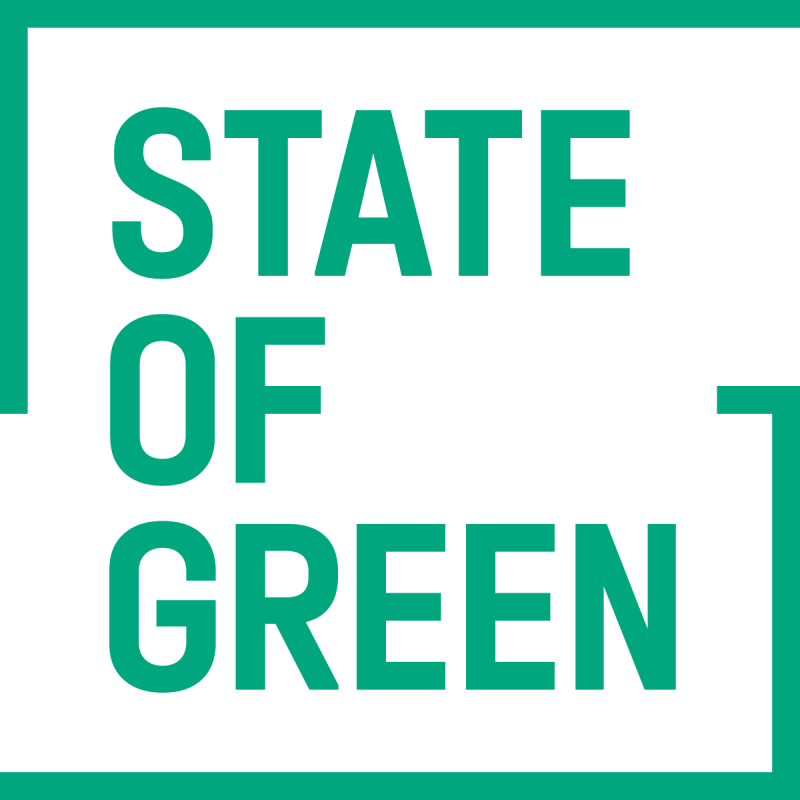Discover the Danish wind value chain
Dive into our digital visualisation of Denmark’s green wind value chain and discover companies and organisations that specialise in wind-related technology, research, and innovation.
Discover the value chainNews
Wind energy
Offshore wind
Onshore wind
+2



Dive into our digital visualisation of Denmark’s green wind value chain and discover companies and organisations that specialise in wind-related technology, research, and innovation.
Discover the value chainIn 2023, the Danish Government established the National Energy Crisis Staff (NEKST) tasked with driving a reform agenda to reduce administrative burdens and simplify permitting procedures in order to speed up the green transition. With focus on mapping challenges and bottlenecks, NEKST have now proposed 27 specific recommendations aimed at accelerating the expansion of energy from solar and onshore wind.
Among other , the working group looks at striking a balance between installing onshore wind turbines while planting new forest. The recommendations also include way to rapidly implementat the newest EU legislation, which aims to help Europe become less dependent on Russian gas, placing a higher priority on expanding renewable energy while considering environmental and nature conservation. Additionally, the suggestions also point to the fact that municipalities should have better opportunities to build and share knowledge about the regulatory process for renewable energy and participate in more flexible municipal collaborations regarding regulatory processes for renewable energy projects.
“We have collaborated closely with politicians, civil servants, and stakeholders across municipalities, green organisations, and the energy sector at large. This has created a different and dynamic working community with broad societal support, allowing us to delve into barriers and propose concrete solutions.” Nana Bule, spokeperson for the working group “More Sun and Wind on Land”.
All recommendations on solar and wind on land have now been delivered and are intended to contribute to realising the Danish Government’s ambition to enable a quadrupling of renewable energy on land by 2030.
Also read: The Danish Government proposes plan to quadruple energy from solar and onshore wind
The working group has continually provided recommendations to the government, and some are well underway in becoming new legislation. Recommendations on how to strengthen local support have left a clear imprint on the Climate Agreement on more green energy from solar and wind on land in 2023. Besides higher compensation for households neighbouring renewable energy facilities, the recommendations seek to ensure uniformity and transparency at local levels. The Government has also drafted legislation implementing several of the working group’s initiatives on complaints to ensure more efficient complaint processing in the future, preventing the installation of wind turbines and solar panels from being unnecessarily prolonged.
Simultaneously with the development of recommendations, the working group alongside experts and the energy sector, has worked to dispel the most widespread myths about renewable energy circulating in society.
Also read: How local cooperation has made Sdr. Bork Windpark possible
The National Energy Crisis Staff (NEKST) aims to accelerate the pace of the green transition and is a new working method where relevant stakeholders are invited to provide recommendations for policy measures. In addition to the working group “More Sun and Wind on Land,” there are also groups “Goodbye to Gas in Danish Homes” and “Faster Expansion of the Electricity Grid,” which are working on their recommendations for the government.
See the full list of recommendations